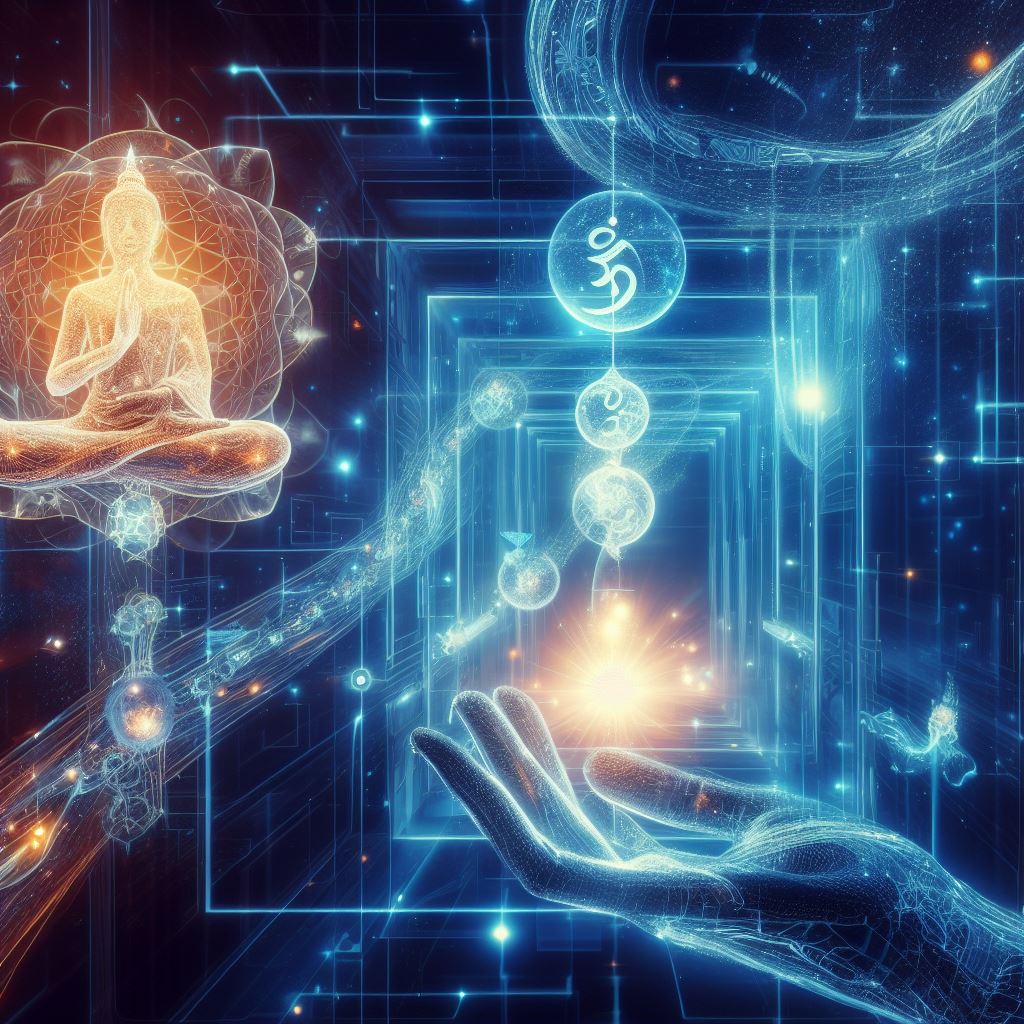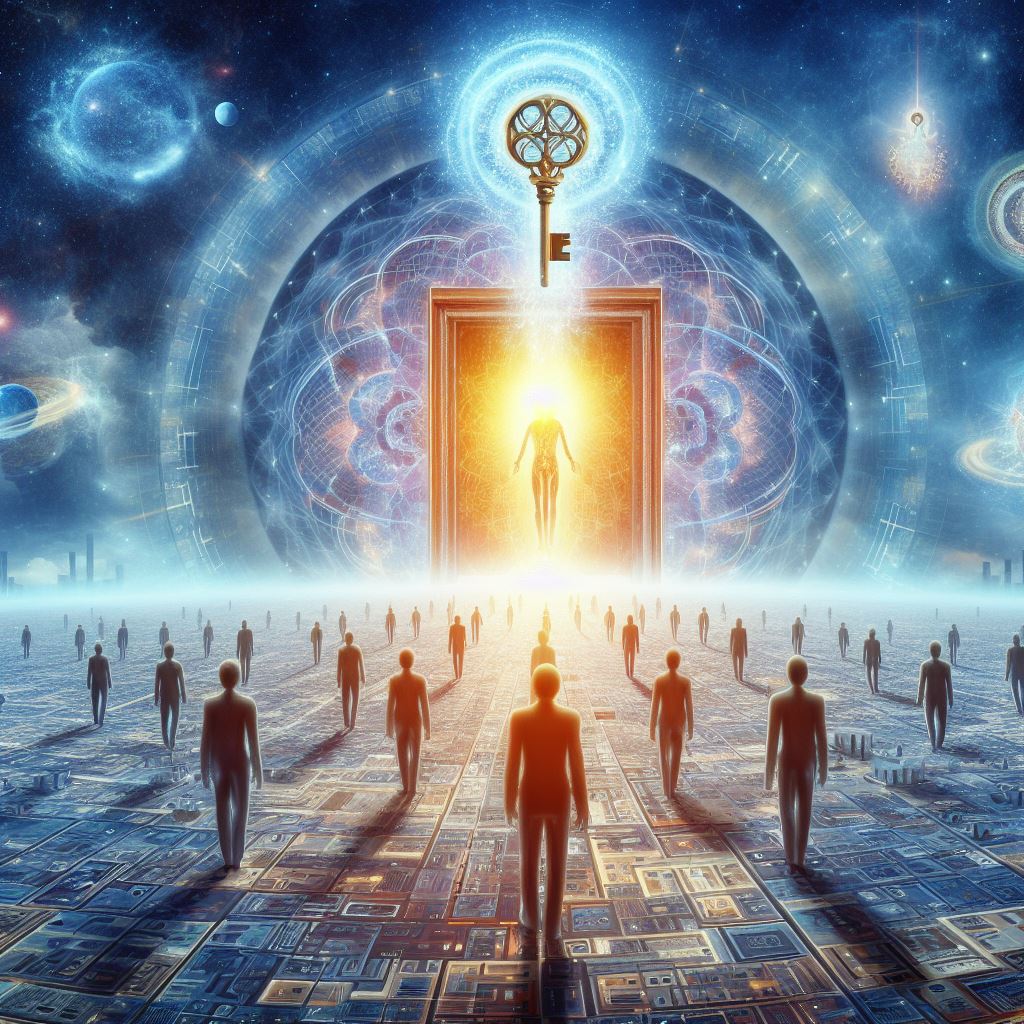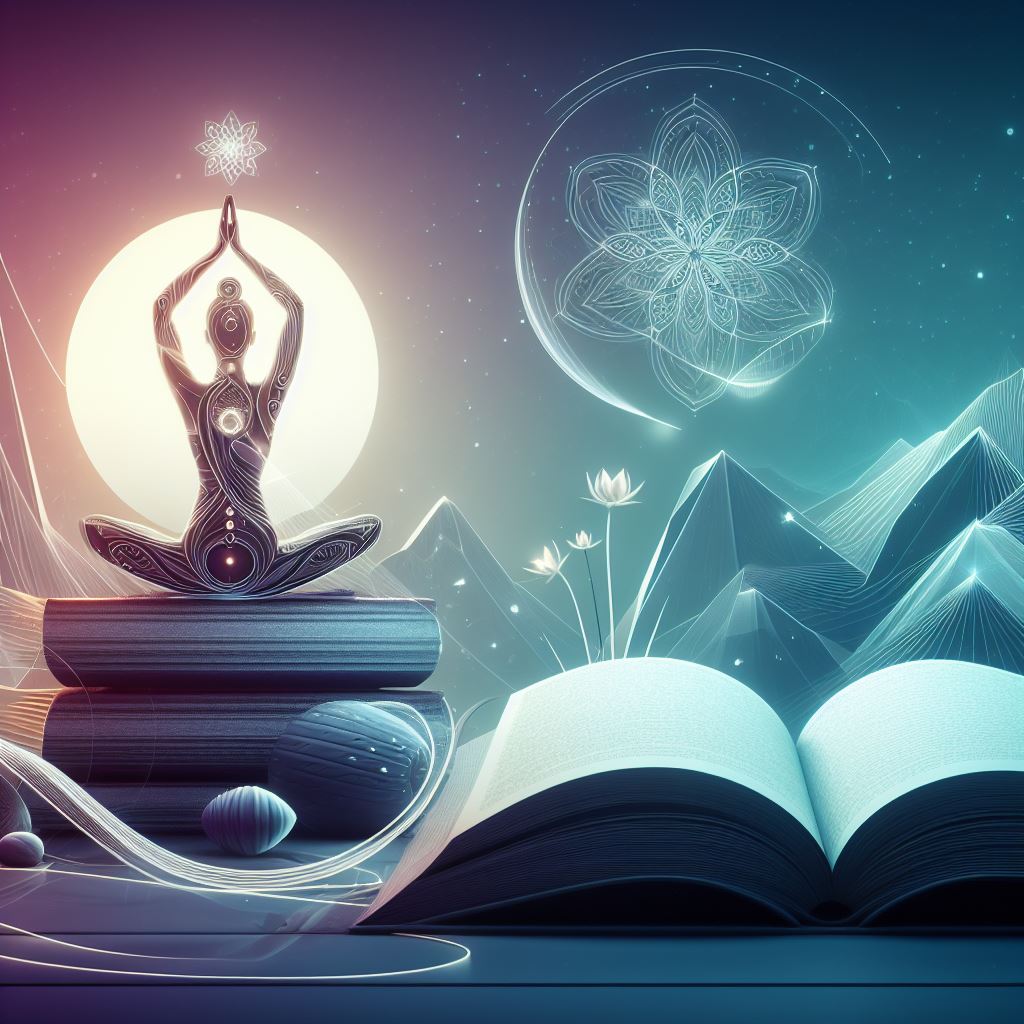Introduction
Prayer, in the Catholic tradition, is not just words—it is a sacred conversation with God. Whether whispered in silence or spoken aloud in a church pew, prayer opens the heart to grace. Yet for many beginners, prayer can feel mysterious or even intimidating. Where do you begin? How do you know if you’re doing it “right”? This guide is here to gently lead you into the beauty of Catholic prayer, one step at a time.
In this journey, we’ll explore the richness of our faith’s prayer traditions—from formal prayers like the Our Father and Hail Mary to quiet moments of personal reflection. You don’t need to be a theologian or have a perfectly memorized prayer book to start. All you need is a sincere heart. Let’s begin this holy path together, seeking not perfection but presence—the loving presence of God who always listens. And hey, it’s okay if you stumble over a few words. God’s not grading your grammar.
Key Takeaways
- Catholic prayer is a personal and communal conversation with God rooted in tradition and Scripture.
- Beginner-friendly practices include simple vocal prayers, meditative reflection, and learning basic prayers like the Our Father.
- Consistency matters more than eloquence—start small and build a daily habit of prayer.
- Prayer types in the Catholic Church include adoration, contrition, thanksgiving, and supplication.
- The goal of prayer is not just asking for things but deepening your relationship with God and receiving His grace.
The Importance of Prayer in Catholic Life
Prayer is at the very heart of Catholic life—our direct line to God, the lifeblood of our faith journey. It isn’t just a religious duty; it’s a profound expression of love and trust. Through prayer, we acknowledge God’s presence in our joys, our struggles, and our daily routines. The Catechism of the Catholic Church teaches that prayer is a “vital and personal relationship with the living and true God” (CCC 2558), not just reciting words but encountering the Divine.
Regular prayer strengthens our spiritual muscles. Like anything meaningful, the more we do it, the more natural it becomes. Whether it’s grace before meals, a quiet moment at dawn, or the Rosary before bed, these small rhythms bring God into every aspect of life. In a world full of noise, prayer is our quiet refuge—a sacred pause where we listen, speak, and most importantly, receive.
What Is Prayer?
Prayer, in its simplest form, is communication with God. But it’s more than just talking—it’s listening, loving, and being present. In Catholicism, prayer takes on many forms: vocal, meditative, and contemplative. Each offers a unique way to draw near to God. Vocal prayer includes the beautiful words passed down through centuries—think “Hail Mary” and “Glory Be.” Meditative prayer invites you to reflect deeply on Scripture or the mysteries of the Rosary. Contemplative prayer? That’s the silent resting in God’s presence—no words, just love.
Think of prayer like a relationship. At first, it might feel formal or even awkward, like a first conversation with someone important. But over time, it becomes more comfortable, more real. The goal isn’t perfect phrasing. It’s sincerity. Just showing up with your heart open is already a powerful act of faith.
Why Do Catholics Pray?
Catholics pray for many reasons: to praise God, to thank Him, to seek forgiveness, and to ask for help. But at its core, we pray to be in communion with our Creator. It’s not just about what we say; it’s about who we are becoming through the act of prayer. We’re shaped by it—softened, strengthened, made holy.
Prayer also connects us with the wider Church—past, present, and future. When we say the Lord’s Prayer, we’re joining billions of voices across centuries. When we pray the Mass, we are united with the entire Body of Christ. And yes, we pray for others and ask saints to intercede for us—not because God doesn’t hear us, but because, as a family, we lift each other up.
Prayer isn’t just a part of Catholic life. It is Catholic life. It’s how grace flows and how we stay rooted in a world that often pulls us away from what matters most.
Beginning a prayer life can feel like stepping into something vast and ancient—which it is. But don’t let that overwhelm you. Catholic prayer, whether whispered alone or shared in community, is a deeply personal journey that grows over time. It’s okay to start small. Even the shortest prayer said with sincerity can open a door to God’s grace.
As you continue exploring, remember this: prayer is not about performance but presence. God delights in your efforts, however imperfect. Keep showing up, keep speaking from the heart, and let the Spirit lead. In time, what began as a beginner’s step will become a well-worn path of grace, drawing you ever closer to the heart of Christ.
Types of Catholic Prayer
Catholic prayer is wonderfully diverse. The Church recognizes several types, each offering a unique way to communicate with God and nourish the soul. Understanding these forms helps you engage more intentionally with your spiritual life.
Adoration
Adoration is pure love. In this form of prayer, we praise God simply for who He is—good, holy, eternal. It’s not about asking for anything. It’s about standing (or kneeling!) in awe before the Creator. A common expression of adoration is time spent before the Blessed Sacrament, especially during Eucharistic Adoration. These quiet moments, whether filled with silence or whispered praise, help us shift focus from ourselves to God.
Contrition
Contrition means expressing sorrow for our sins. It’s an honest and heartfelt admission of our failings, paired with trust in God’s mercy. This form of prayer keeps us humble and spiritually honest. The Act of Contrition is a traditional prayer that beautifully expresses this spirit. Don’t be afraid to tell God where you’ve stumbled—He always meets humility with healing.
Thanksgiving
As Catholics, we believe every good thing is a gift from God. Prayer of thanksgiving reminds us to pause and say “thank You.” Whether it’s a prayer after Communion, a silent nod of gratitude during the day, or a dedicated moment before bed, this form of prayer nurtures joy and perspective. It also helps fight off spiritual entitlement (a real thing, believe it or not).
Supplication
Also called petition, this is the most familiar form of prayer—asking God for something. Whether it’s for ourselves or others, supplication expresses our trust that God cares and intervenes. It’s not about bending God’s will but opening ourselves to His. The key is balance: ask, yes, but also listen and surrender.
Common Catholic Prayers Every Beginner Should Know
As a beginner, having a few “go-to” prayers helps anchor your spiritual practice. These prayers connect you to centuries of Catholic tradition and provide words when your own might fail.
| Prayer Name | Purpose | When to Use |
|---|---|---|
| Our Father | Praise and petition to God the Father | Daily prayer, Mass, anytime |
| Hail Mary | Honor to Mary, asking for her intercession | Rosary, personal prayer |
| Glory Be | Trinitarian praise | End of prayers, doxology |
| Act of Contrition | Expressing sorrow for sin | After examination of conscience, Confession |
| Morning Offering | Offering daily life to God | First thing in the morning |
| Guardian Angel Prayer | Asking for guidance and protection | Great for kids—or anyone, really! |
Don’t worry about memorizing everything at once. Choose one or two to start, and let them become familiar friends.
Building a Daily Prayer Routine
Establishing a regular prayer routine may feel daunting, but it’s easier than you think. The key is to start small, stay consistent, and let your routine evolve naturally over time.
Start Simple
Begin with just a few minutes each day—perhaps a Morning Offering when you wake and a Hail Mary before bed. Keep your prayer time short and manageable so it becomes a sustainable habit rather than a chore.
Create a Sacred Space
It helps to have a designated prayer spot. A small corner with a crucifix, candle, or image of Mary or a saint can make a big difference. It signals to your mind and heart: this time is for God.
Set Triggers
Pair prayer with existing habits—pray while you’re brushing your teeth, waiting for your coffee to brew, or walking the dog. These “holy habits” integrate prayer into your daily rhythm effortlessly.
Use Tools
Rosary beads, prayer books, Catholic apps like Hallow or Laudate—these are great companions, especially for beginners. They guide you when your mind wanders (which it will… often).
Overcoming Common Prayer Challenges
Let’s be real: building a prayer life isn’t always easy. You’ll face distractions, doubts, and dry spells. That’s normal—and survivable.
“I Don’t Have Time”
If you can scroll social media, you have time to pray. Even one sincere minute matters. The goal isn’t quantity but quality. Find short moments during your day to pause and reconnect with God.
“I Get Distracted”
Welcome to the club. The saints dealt with this too! When your mind wanders, gently return to your prayer. Offer your distractions to God—they’re part of your reality, and He wants all of you, not just your focus.
“I Don’t Feel Anything”
Prayer isn’t about emotion; it’s about faith. Some days you’ll feel peaceful, other days… nothing. That’s okay. Keep showing up. The grace is in the commitment, not the feelings.
Praying with the Saints and Mary
One of the treasures of Catholic prayer is that we never pray alone. We’re part of a spiritual family that includes the saints and especially Our Blessed Mother, Mary.
The Role of Saints
Saints are not distant, untouchable figures. They’re real people who struggled, prayed, and leaned on God—just like us. Praying to saints is not worshipping them, but asking for their intercession, like asking a friend to pray for you. Popular saints like St. Anthony (for lost items), St. Jude (hopeless cases), and St. Thérèse of Lisieux (simplicity and love) are beloved for a reason—they’ve got heavenly pull.
Devotion to Mary
Mary, the Mother of God, holds a special place in Catholic prayer. When we pray the Hail Mary or the Rosary, we’re meditating on the life of Christ through the eyes of His mother. Mary always leads us to Jesus. Devotion to her is never a detour; it’s a shortcut straight to the heart of her Son.
FAQs
What’s the best Catholic prayer for beginners?
The Our Father is an ideal starting point. It’s simple, foundational, and taught by Jesus Himself. Adding the Hail Mary and Glory Be next gives you a solid beginner’s trio.
How often should a Catholic pray each day?
There’s no fixed rule, but consistency matters. Aim for at least morning and evening prayers. Even five quiet minutes with God can make a real difference in your day.
Is it okay to pray in your own words?
Absolutely. While traditional prayers are beautiful, personal prayer builds intimacy with God. Speak from the heart—God hears and treasures your honest voice.
Do I need to be in church to pray effectively?
Not at all. While communal prayer in church is powerful, God hears your prayers wherever you are—your room, your car, even in a noisy grocery line.
Can I pray even if I’m distracted or tired?
Yes! Distractions and fatigue are human. Bring them into your prayer. God doesn’t expect perfection, only your willingness to come to Him.



